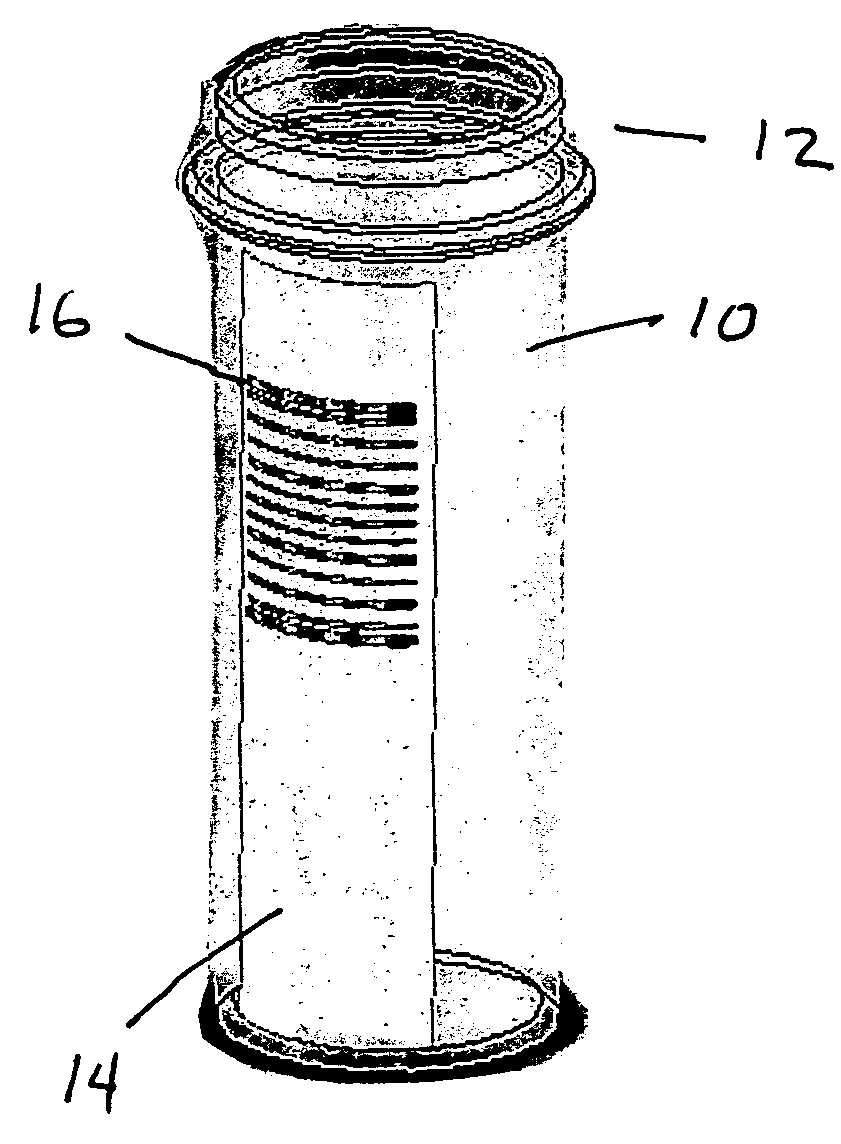Aside from possibly serving as an enticement for children, the configuration (shape, size, and color) of pills generally does not give one supplier or manufacturer a competitive edge over another due to the appeal of the particular configuration in the marketplace.
If they did, one
pill could easily be mistaken for the another, potentially leading to disastrous consequences.
Such a mix-up may lead to severe health risks and could be lethal.
On the other hand, a brand name may lose market share to a newcomer that merely copies the same pill configuration and, in a sense, passes it off as being an equivalent if not identical to the brand name version.
The company owning the brand name may have spent years developing and promoting the outward appearance or product configuration of its pills to establish good will and may be unable to stop the newcomer from flooding the market with a cheaper, but identical version to capture market share.
One difficulty, however, lies in determining the origin of the goods, particularly if the goods themselves are not marked in such as way as to distinguish them from one
trademark territory to another.
A problem is that although a
package containing pills may include a territorial designation code, the pill itself is not assigned such a code and may therefore be easily repackaged to hide its channel of distribution.
The absence of such a code fails to assist in the identification of the
distributor licensee that was responsible.
Regrettably, as the cost of medication rises, the temptation grows for merchants or suppliers to substitute some or all of the pills of the container with a cheaper generic version, seal the container, and pass it off as containing the pills from the original name brand.
It is likely that the
consumer will not suspect the switch, although may notice that the medication is less effective than expected.
The manufacturer of the brand name product, however, in effect loses a sale and, worse, loses some of its good will as the
consumer wrongfully blames the brand name manufacturer for the
poor quality over which the manufacturer had no control.
If the
consumer suffers medically from the switched medication, the integrity of the brand name is damaged.
In addition, the consumer did not get the brand name product for which he or she paid a premium.
This problem arose because the consumer has no way of checking whether the pills in the container are the proper pills made by the labeled manufacturer.
Mistakes do happen and pills get mixed up, particularly if they resemble each other in appearance.
Any improperly administered medication can, of course, be life threatening to a patient.
This problem arises because the pills may not have markings on them to correctly apprise staff of their medical content.
The cost of such discarded pills can only add to the ever increasing cost of
medical care and insurance.
A doctor, following the Hippocratic Oath of
medicine, may compromise the
clinical trial by giving all the patients only those pills that the doctor perceives to contain the active medication.
Eventually, the
test taker may become uncooperative and refuse to take any pill with markings that indicate a
placebo, arguing that his or her health warrants taking real medication.
The reliability of the
clinical trial diminishes if an insufficient number of tests are conducted with the
placebo.
These problems in clinical testing may lead to delays in gaining government
drug regulatory approval.
The problem may be especially acute with life sustaining drugs or cures for otherwise fatal diseases, because patients will become uncooperative when they know that only a placebo is being given.
Here, of course, the problem is that the pills are marked in such a manner that the
human eye can readily distinguish between them.
Unfortunately, the pills do not have warnings on them to let the
Pharmacist know that filling the particular prescription may be dangerous if the customer is already on certain kinds of medication.
Too much responsibility is placed on the
Pharmacist and invariably mistakes are made, leading to life threatening consequences.
The problem here is that no markings are provided either on the pill or container that the
Pharmacist could readily check to avoid prescribing medically dangerous combinations of medications.
If the container is emptied and lost or otherwise discarded, unused pills will be unidentifiable, particularly if the pill lacks any brand name identification.
It may be dangerous to take such a pill, depending upon the person's particular medical condition and the
expiration date.
The problem arises due to a lack of information on the pill itself.
Thus, the consumer has little choice in selecting the quantity of medication to purchase.
Persons whose vision is impaired or are blind are most susceptible to mixing up pills if different kinds of pills have the same feel and taste and such persons do not seek the assistance of others who can see.
Keeping track of the
efficacy of pills is a labor intensive task, requiring the patient or
care giver to manually
record when a pill is taken and when its effects wear off.
Since the recording process is labor intensive, it is subject to
human error and errors in recording the
proper time.
This requires some further manual effort in converting the manual entries from a journal into data entries into the computer.
Where identification of the code by reading it directly with the unaided eye poses a problem, it is preferred that the patterns within the code be too small to be resolved by an unaided eye.
 Login to View More
Login to View More  Login to View More
Login to View More 









